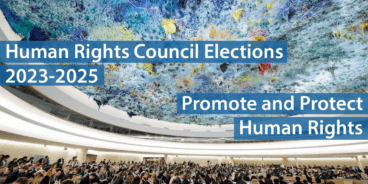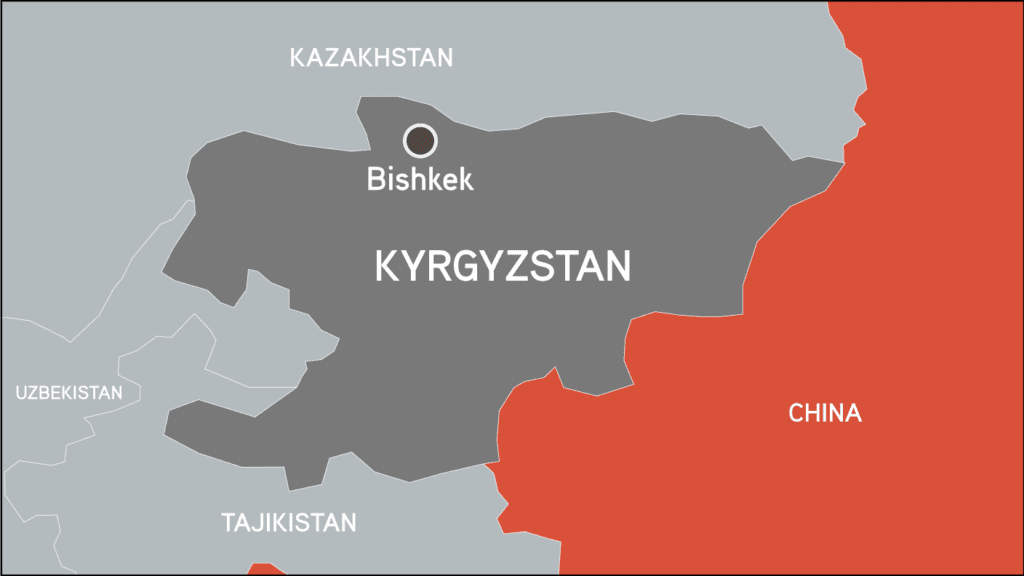
Kyrgyzstan

Between 10 June and 14 June 2010 at least 420 people were killed and 400,000 forcibly displaced during violence between ethnic Uzbeks and ethnic Kyrgyz in southern Kyrgyzstan.
On 10 June 2010 fighting reportedly broke out between a number of ethnic Kyrgyz and Uzbek men outside a Casino in the city of Osh in southern Kyrgyzstan. A massive wave of violence overtook the city that night, with large crowds from both communities clashing and reports of Uzbeks reportedly beating and killing a number of Kyrgyz. In the following days ethnic Kyrgyz from nearby villages joined local gangs in targeting Uzbek neighborhoods for attack in in Osh, Jalal-Abad and Bazar-Kurgan. Attackers reportedly looted and torched Uzbek shops and homes, killing people who remained in the neighborhoods.
By 14 June an estimated 420 people had been killed, 300,000 internally displaced and 100,000 fled to neighboring countries. The majority of victims were ethnic Uzbek. The UN High Commissioner for Human Rights condemned the violence, noting that, “it seems indiscriminate killings, including of children, and rapes have been taking place on the basis of ethnicity.” An international commission of inquiry concluded that crimes against humanity were committed, including murder, rape, other forms of sexual violence, and persecution against an identifiable group on ethnic grounds. In the months that followed there were also reports of widespread torture in government detention facilities.
The international community, including the UN Security Council, quickly condemned the violence and called upon authorities to restore law and order, and the Organization for Security and Cooperation in Europe later established an unarmed international police force to monitor the region.
The June violence occurred after the April 2010 overthrow of Kyrgyzstan’s President Kurmanbek Bakiyev. The president’s ouster resulted in growing tensions in his political stronghold in southern Kyrgyzstan between pro-Bakiyev populations, predominantly from the ethnic Kyrgyz community, and those who supported the new government, predominantly ethnic Uzbeks. A growing power vacuum in the South enabled the expansion of competing gangs, which combined with competition amongst Kyrgyz and Uzbek elites for power within the new government eventually culminated in the violence in Osh.
Previous disputes over land distribution and grievances about unequal access to economic and political power – with ethnic Uzbeks traditionally being underrepresented in the public sector – resulted in violence that killed at least 300 people during the 1990s.